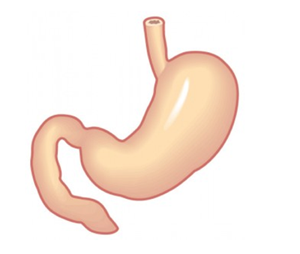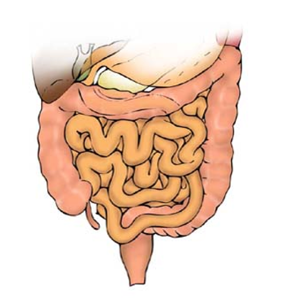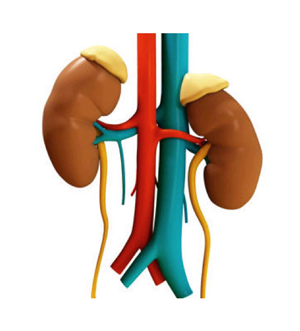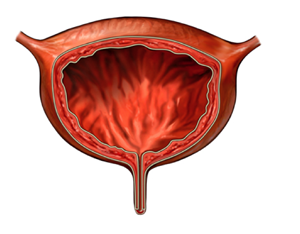Unit 1. Organs of the body
The brain
The brain is the center of the nervous system. It’s the organ that sends messages to the rest of the body using the spinal cord. The brain is located in the head, protected by the skull and is surrounded by fluid to cushion it if you hit your head or fall over. The brain needs oxygen from blood to work properly. Around 3,500 pints of blood flow through the brain every day!
The brain is divided in two sides that control different parts in our body:
- The right side of the brain is the creative side whereas
- The left side of the brain is the logical one.
There are areas of the brain that help with all of our senses, our behavior, our speech, our memory and our movements.

The lungs
The oxygen is necessary to stay alive and the lungs are the essential respiration organs. Their most important function is to carry oxygen from the atmosphere into the bloodstream. If you breathe in, oxygen goes into your lungs and it enters your bloodstream through your lungs. Then, the oxygen is transported to the parts of the body which need it. The lungs are protected by the ribcage and the left one is smaller than the right in order to leave enough space to the heart.

The heart
The heart is located a little to the left of the middle of the chest, and it is about the size of your fist. The principal function of the heart is to send blood around the body and it provides the body with oxygen and nutrients.
Different sides of the heart perform different and opposite tasks. The right side is the one which receives blood from the body and pumps it to the lungs. However, the left side receives blood from the lungs and pumps it out to the body.

The liver
The liver is a vital organ necessary for digestion, there is no way to compensate for the absence of liver function. In other words, it is absolutely necessary for survival. Besides, it is the largest organ inside our body. One of its main functions is to store energy and get rid of toxins.

The stomach
The stomach is located between the esophagus and the small intestine. It is an important organ for digestion. The food we eat passes into the stomach and stays there for two or three hours. The stomach or, more precisely, the muscles of the stomach, squash the food until it becomes a creamy pulp. The stomach breaks down the food and kills germs that we may have swallowed by producing juices.

The intestines
There are two intestines in our body: the small and the large intestine. They perform different tasks. The small intestine is a narrow coiled tube that measures about 6 or 7 meters long. It absorbs back the nutrients into the body after the food has left the stomach. Food which cannot be digested passes into the large intestine and comes out of the body as waste.

The skin
The skin is the biggest organ of the body. It fulfills the function of covering and protecting everything inside our body. It also helps to keep our body at the right temperature and thanks to this organ we have the sense of touch. The skin is always renewing itself: we lose about 30,000 to 40,000 dead skin cells off the surface of our skin per minute!

The kidneys
We have two kidneys in our body and each one measures 13 centimeters long and 8 centimeters wide. One of the principal functions of the kidneys is to filter the waste out of the blood. This function is absolutely necessary because most of the waste is just stuff that the body doesn’t need. The kidneys also filter out water and combine it with the waste that is collected to make urine. This is transported to the bladder.

The bladder
The bladder is the organ that collects urine excreted by the kidneys. It is a bag and when it is half full we have to urine. In order to keep your bladder and kidneys in good condition, it’s good to drink a lot of water and to avoid rich food.
